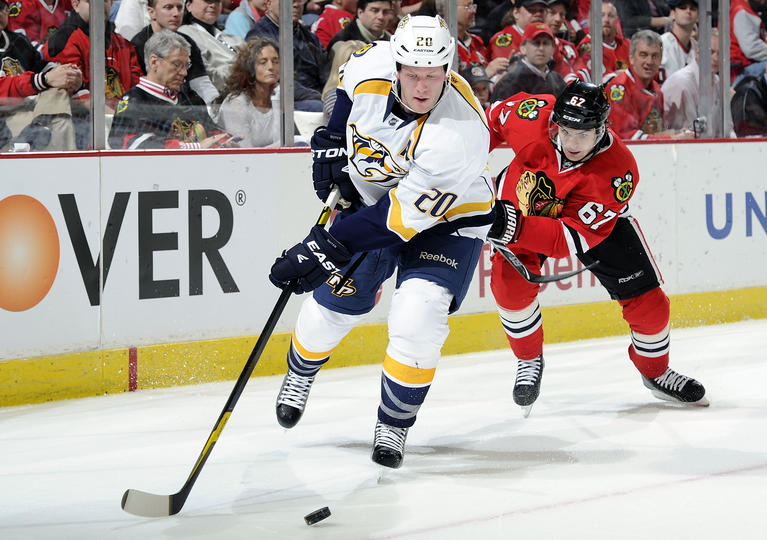The all-time leader in career passing yards for the Oregon State Beavers is Derek Anderson, who racked up an astounding 11,249 yards through the air. Over one-third of these yards were accumulated in the 2003 season, when Anderson totaled an OSU single season record of 4,058 yards. To put into perspective how prolific Derek Anderson was during his time as a Beaver, let us consider some additional statistics. Anderson holds three of the top four single season totals for passing yards at Oregon State (Sean Mannion’s 2011 campaign ranks third). He is the all-time touchdowns leader, with 79 total touchdowns thrown. Second place is Jonathan Smith, who tallied a mere 55 touchdowns. Derek Anderson racked up nine games with at least 350 yards, nearly double the second place Beaver, Erik Wilhelm, who totaled only five. The all-time record of 11,249 yards is 1,569 yards ahead of second place Jonathan Smith (9,680 yards).
Undoubtedly, Derek Anderson is the greatest quarterback (statistically) that has suited up for Oregon State, which is kind of depressing considering that he only completed half of his passes and never led the Beavers to any national prominence. Currently, lost amid the current quarterback “controversy” that has brewed between Sean Mannion and Cody Vaz since last season, is Mannion’s potential to unseat Anderson as the most productive signal caller to wear black and orange (at least in terms of passing yards). A quick look at the numbers that Mannion has compiled over the course of his freshman and sophomore seasons is enough to warrant consideration of what he is capable of doing.
During Mannion’s freshman year, he played 12 games and totaled 3,328 yards. That works out to an average of just over 277 yards per game – as a freshman. While his sophomore campaign was injury plagued, and therefore led to the Mannion/Vaz debate, he still managed to post impressive numbers. In 8 games (not counting the Stanford game in which he threw one single pass), he totaled 2,446 yards – an average of over 305 yards per game. His career total through these past two seasons is 5,774 yards, in just 20 games. That works out to an average of over 288 yards per game – as an underclassman.
If we assume that Mannion remains healthy throughout his junior and senior season, and that he can hold status as the starter (which I think that he does), then he has a very reasonable chance of surpassing Derek Anderson as the Beavers all-time leader in passing yards. With 12 games on the slate this season, and another 12 games next season, we can predict Mannion’s total career yardage based upon his current average. Another 24 games played, at 288 yards per game, works out to a total of 6,912 yards. Add that to his current total of 5,774 yards and we get a projected career total of 12,686 yards. That would easily move him ahead of Derek Anderson by a total of 1,437 yards, and I didn’t account for Mannion improving with experience or potentially playing in two bowl games.
Granted, there are quite a few variables (as there always are) that can influence Mannion’s chances to end his career as Oregon State’s passing yards leader. These projected numbers assume that he remains the starter through the entirety of the next two seasons, something which we cannot be sure of despite the naming of Mannion as the starter for the opening game versus Eastern Washington. I am also assuming that he can stay healthy for the next two seasons, which might be unlikely considering that he missed three games last season due to injury. Also, he had the luxury of two elite receivers each of the past two years (James Rodgers and Markus Wheaton in 2011, Wheaton and Brandin Cooks in 2012). This season, Cooks is again expected to shine, but there are question marks as to who the Beavers will stick with as the number two receiver.
However, the variables go both ways (as they always do). Mannion, it would appear, has the inside track to starting this year, as he was again chosen as a team captain and provides a chance at continuity at the position by having two years of eligibility remaining (rather than Vaz’s one year). Also, health concerns may be alleviated by Oregon State’s offensive line being better this year than last. Last season, the Beavers started two true freshmen on the offensive line, one of these being at the center position. This season, Oregon State will start three seniors as well as last year’s two freshmen (now sophomores). This added experience should help OSU cut down on quarterback pressure and potential for injuries.
Derek Anderson, through his first two seasons, had 3,576 passing yards in 19 games. Sean Mannion, through his first 20 games, has 5,774 passing yards. Derek Anderson, as a junior, would go on to have one of the greatest single seasons that a Beavers quarterback would ever have, as he passed for a school record 4,058 yards, followed by an additional 3,615 yards as a senior. We are about to find out what Mannion does in his final two seasons under center.
Perhaps Sean Mannion sits on the bench this season while senior Cody Vaz takes the bulk of the snaps. Maybe Mannion gets injured and doesn’t get the chance to fulfill his potential. He could remain the starter, but struggle to recreate the success he has had during his first two seasons.
Or, if he can maintain his current pace, Sean Mannion could end up throwing for more yards than any other quarterback that has ever played for Oregon State.
Add The Sports Daily to your Google News Feed!
